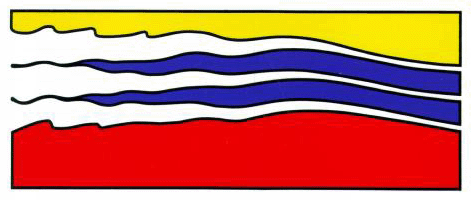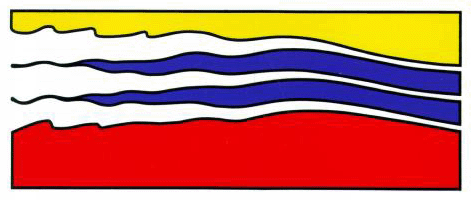
4111 Monarch Way, 3rd Floor
Old Dominion University
Norfolk, VA 23508
757-683-4940


With an annual primary production of ∼20 Tg C
yr-1, the Ross Sea continental shelf sustains a rich marine
ecosystem and provides a significant regional sink for atmospheric
carbon dioxide. Most of this production occurs during the October-March
period, within a polynya that opens to a maximum area of ∼400,000
km2. During this short growing season, surface macronutrient
concentrations remain relatively high, and availability of dissolved
iron (dFe), which can be drawn down to low concentrations (∼0.1 nM)
by mid-November, is though to exert the major control on phytoplankton
growth. Here we combine new data on the distibution of dFe throughout
the water column, high-resolution model simulations of ice melt and
reginonal circulation, and satellite-based estimates of primary
production to quanitfy iron supply and demand over the Ross Sea
continental shelf. Our analysis suggests that the largest sources of
deFe to the euphotic zone are wintertime mixing and melting sea ice,
with a lesser input from intrusions of Circumpolar Deep Water (CDW), and
a small amount from melting glacial ice. Together these sources are in
approximate balance with the biological dFe demand inferred from
satellite-based productivity algorithms, although both supply and demand
estimates have large uncertainties.
Dr. Dennis McGillicuddy earned a B.A. in Engineering Sciences, a M.S. in Applied Physics, and a Ph.D. in Earth and Planetary Sciences, all from Harvard University. He is a senior scientist at the Woods Hole Oceanographic Institution. Dr. McGillicuddy's research interests include physical-biological interactions in the open ocean and coastal margins, mesoscale dynamics, biogeochemical cycling, zooplankton population dynamics, harmful algal blooms, larval transport, and numerical modeling.

|
Innovation Research Park Building I 4111 Monarch Way, 3rd Floor Old Dominion University Norfolk, VA 23508 757-683-4940 |

|